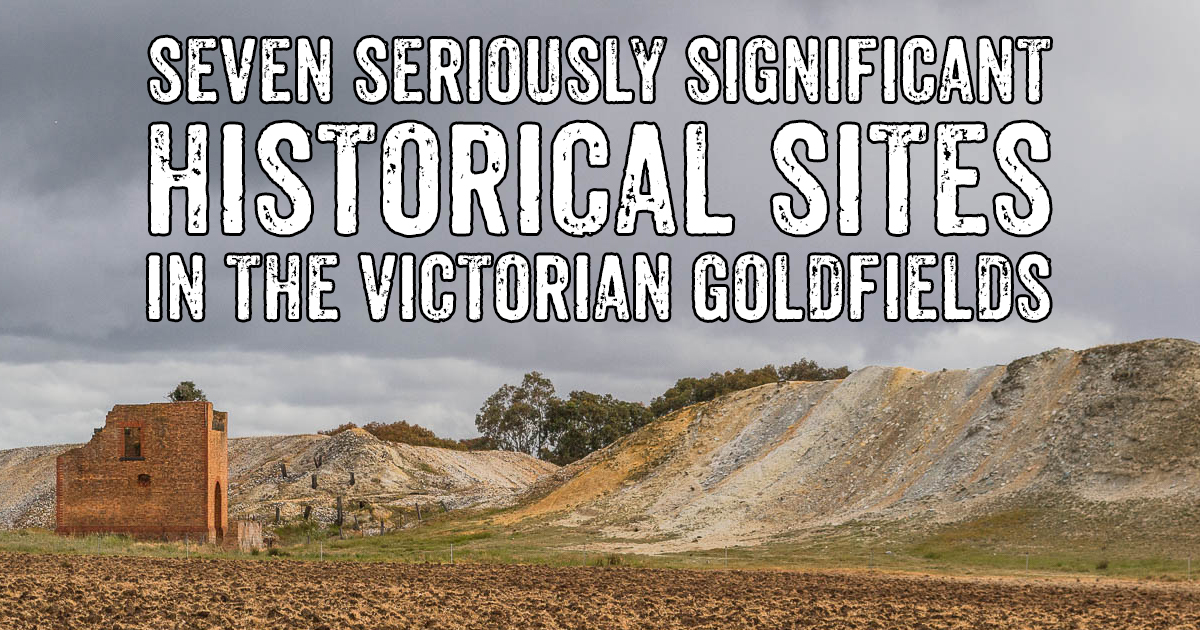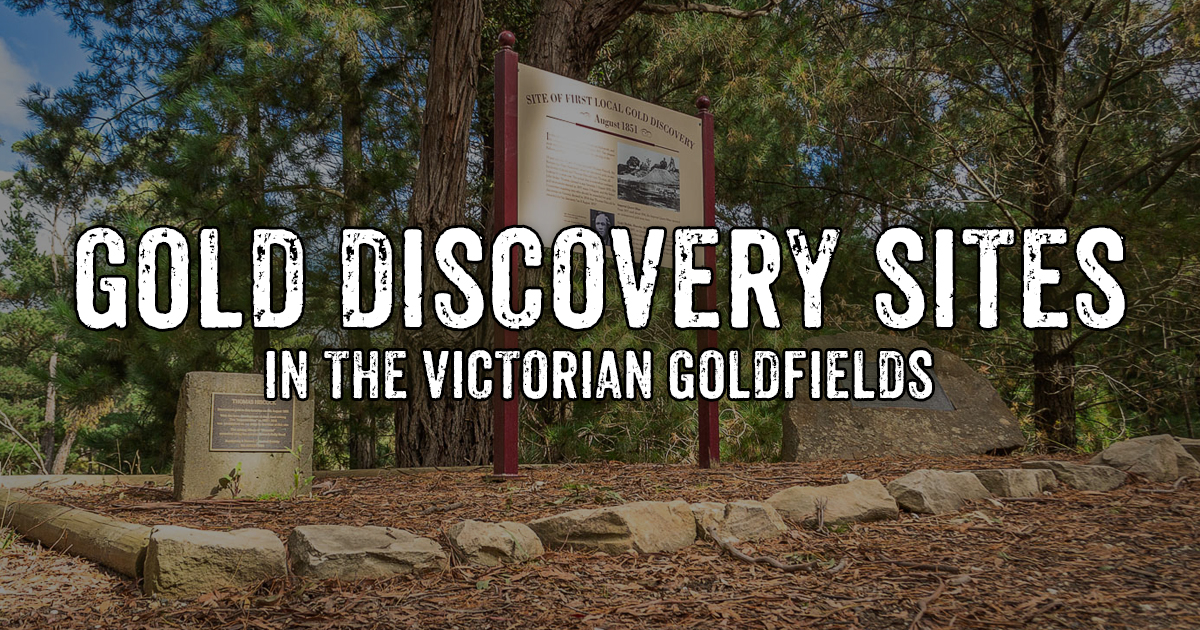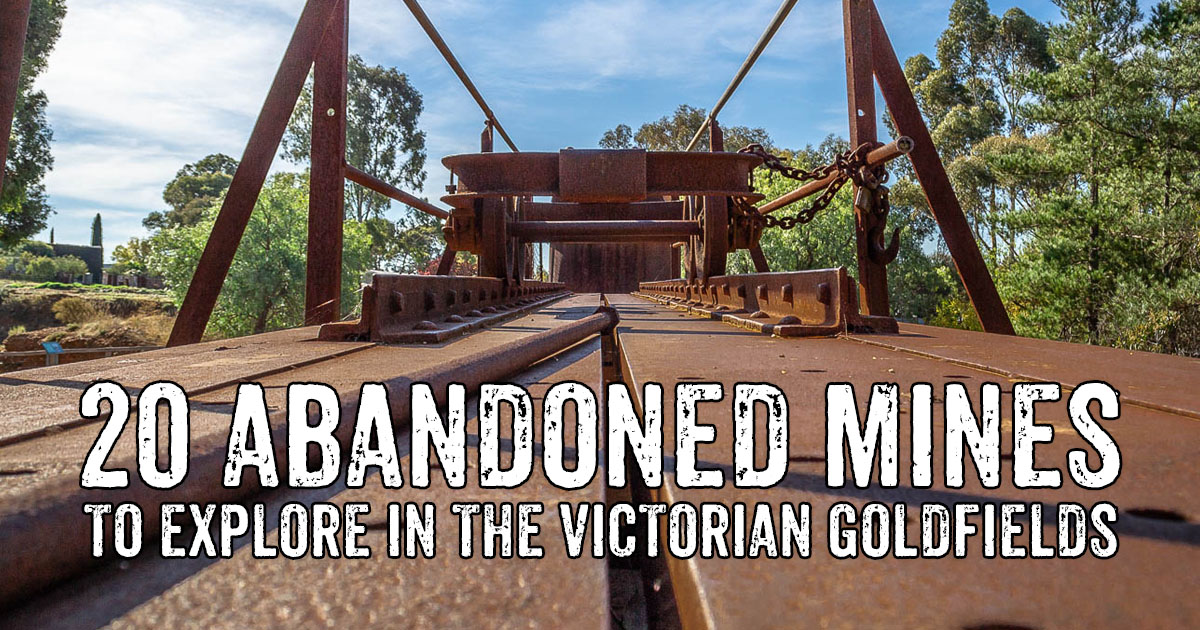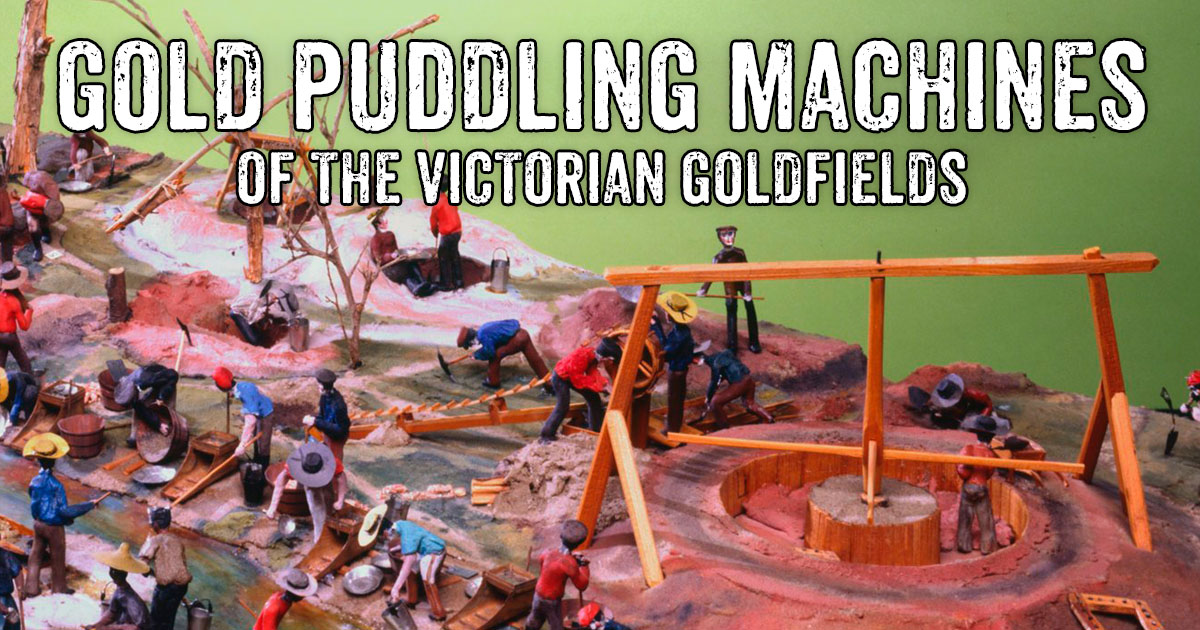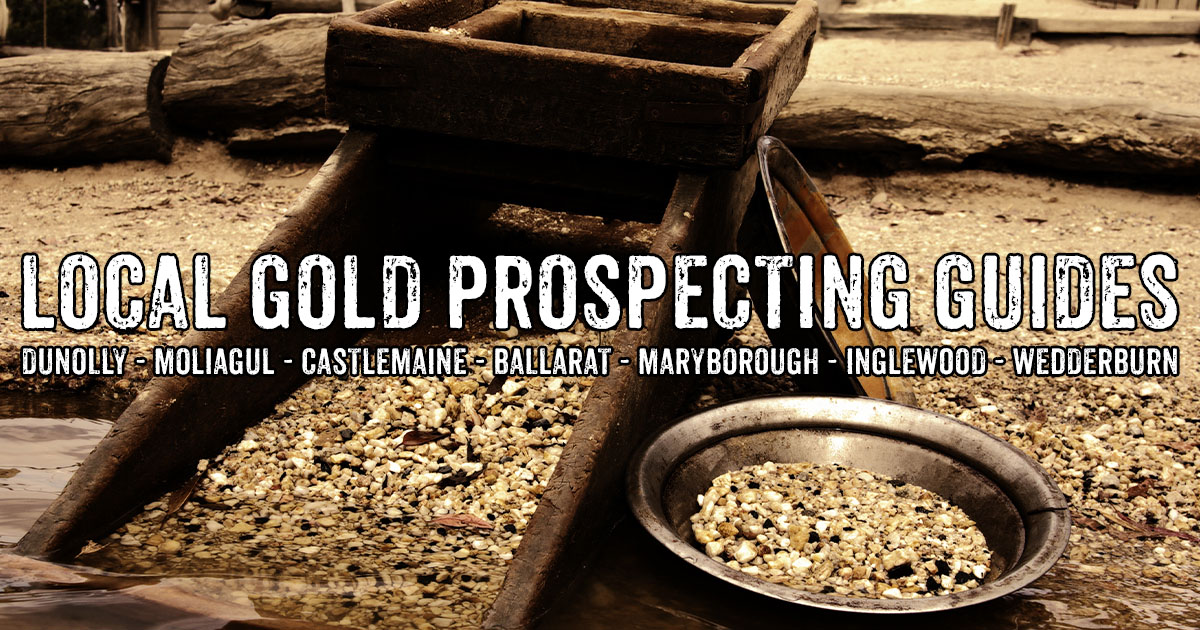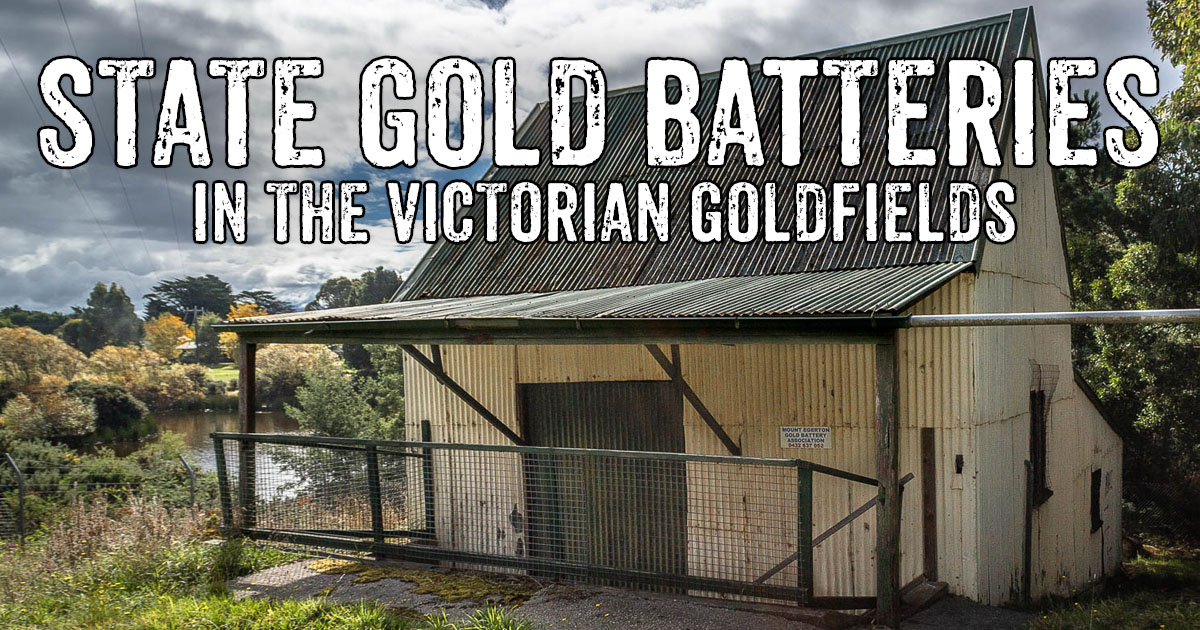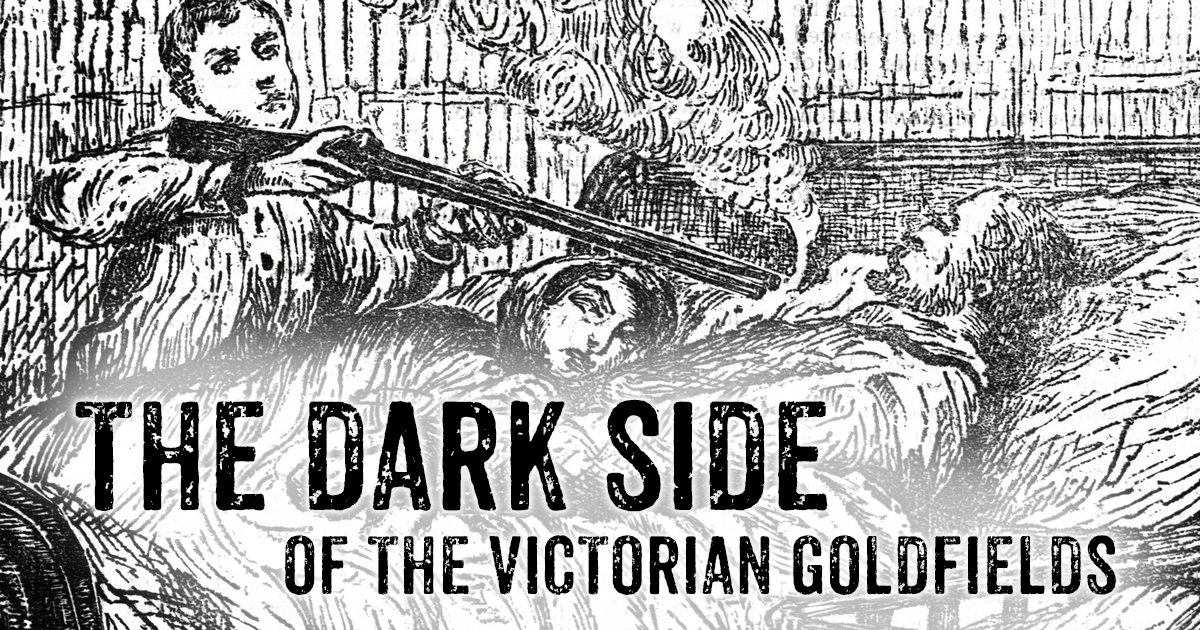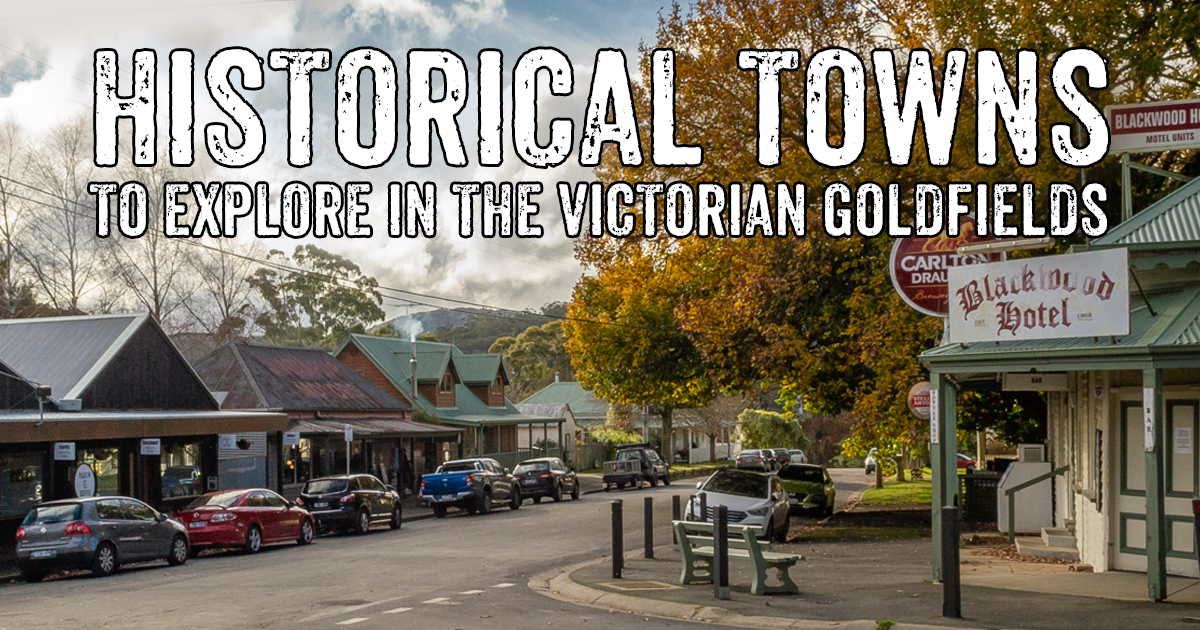
Bendigo is one of history's most incredible quartz mining goldfields, where visitors today can still see extensive remnants of the region's prosperous gold mining heritage!
The alluvial Bendigo Diggings began in 1851, born out of the famed Mount Alexander diggings - though at an unfortunate time of year when water was scarce and the ground dry and hard.
Despite this early difficulty, many continued to work these diggings steadily and profitably throughout the summer months. Soon enough the rains saw Bendigo leap into madness, with thousands rushing to its rich, newly discovered gullies.
It wasn't long before miners discovered the immense wealth that was lying beneath their feet in the now famous quartz reefs of Bendigo!
There are some great places throughout the city where you can go and take a look at some of Bendigo's old mine sites.
Start with a tour of the unmissable Central Deborah, then set out to explore some of the many other fascinating old gold mines in Bendigo.
Central Deborah
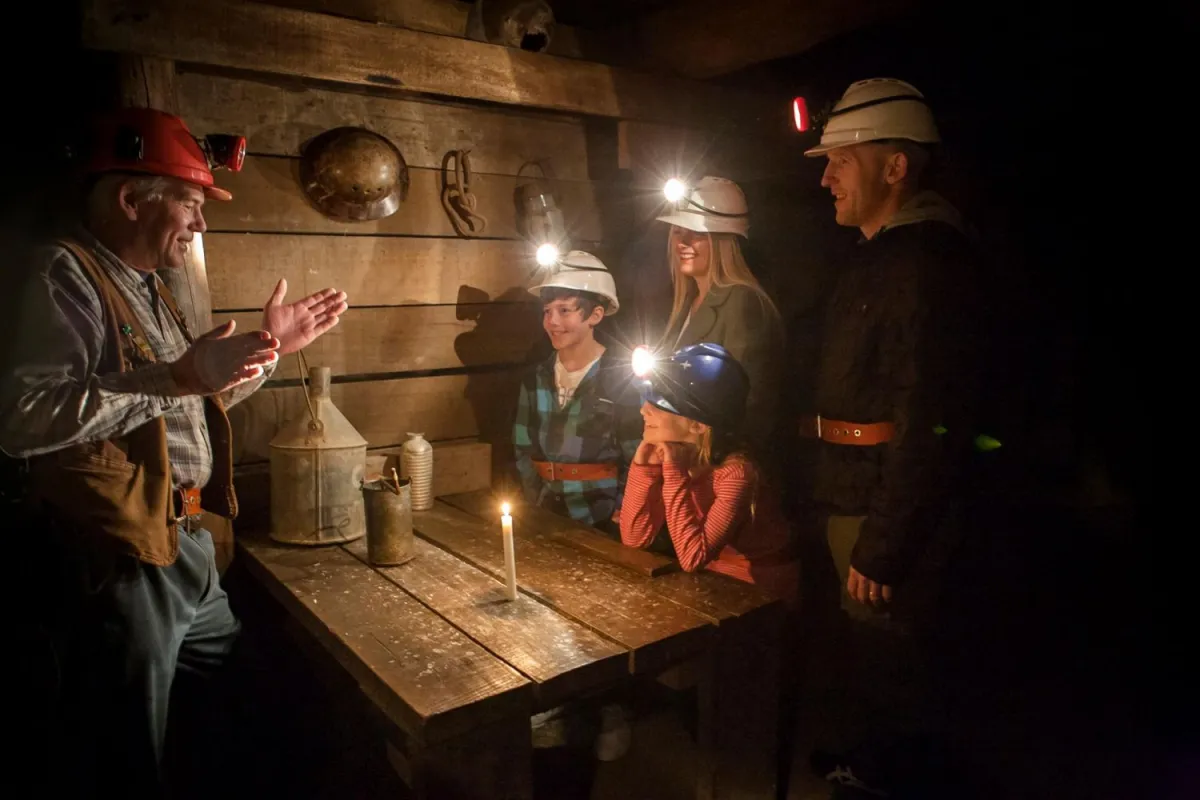
Image source: Central Deborah Gold Mine
Venture down into the underground tunnels of a real gold mine that operated during Bendigo's gold rush boom of the 1900's at Central Deborah Gold Mine!
Central Deborah offers a brilliant guided mine tour which takes you 61 metres underground!
Explore the fascinating museum, the blacksmith shop, the winding room, check out the crusher and other machinery, pan for gold, and learn all about how the mine operated and what life was like for the miners.
Deborah Company Historic Area

Visit the Deborah Company Historic Area and explore the ruins and remnants of one of Bendigo's most successful gold mines of the 1930s-40s.
A steel poppet head, concrete engine beds, and foundations of a twenty-head stamp battery remain at the site.
Find out more about the Deborah Company Historic Area in Bendigo.
North Deborah Historic Area

Stop by the North Deborah Historic Area and take a look at the mine's rare surviving brick chimney stack and steel poppet head, with excellent views available from the roadside on Eve Street.
Operating from 1937 - 1954, the North Deborah was the last mine to operate on the Bendigo Goldfield in the 20th century.
Find out more about the North Deborah Historic Area in Bendigo.
Victoria Hill

Take a walk through the Victoria Hill Mining Reserve and explore the historical site of what was once the world's deepest gold mine.
Walking tracks take you on a journey through the area, taking you past fascinating ruins and relics. Lots of detailed information signs provide the site's history along the way.
Find out more about Victoria Hill in Bendigo.
Central Nell Gwynne

The poppet head of the Central Nell Gwynne mine is an iconic landmark in Bendigo, lying just down the road from the poppet head lookout at Victoria Hill.
The Central Nell Gwynne was the premier mine of Bendigo's 1930s mining revival, and is of high historical value due to the extensive and relatively intact features which remain at the site.
Find out more about Central Nell Gwynne in Bendigo.
Hustlers Reef Gold Mining Reserve

Take a short stroll through the Hustlers Reef Gold Mining Reserve and learn about the history of one of Bendigo's richest underground mines - and the site of the town's worst mining accident.
Detailed information signs along the walking track present the operations and successes of the The Great Extended Hustlers Mine, along with the 1914 disaster which saw seven miners killed in an explosion 321 metres below the surface.
Find out more about the Hustlers Reef Gold Mining Reserve in Bendigo.
New Prince of Wales
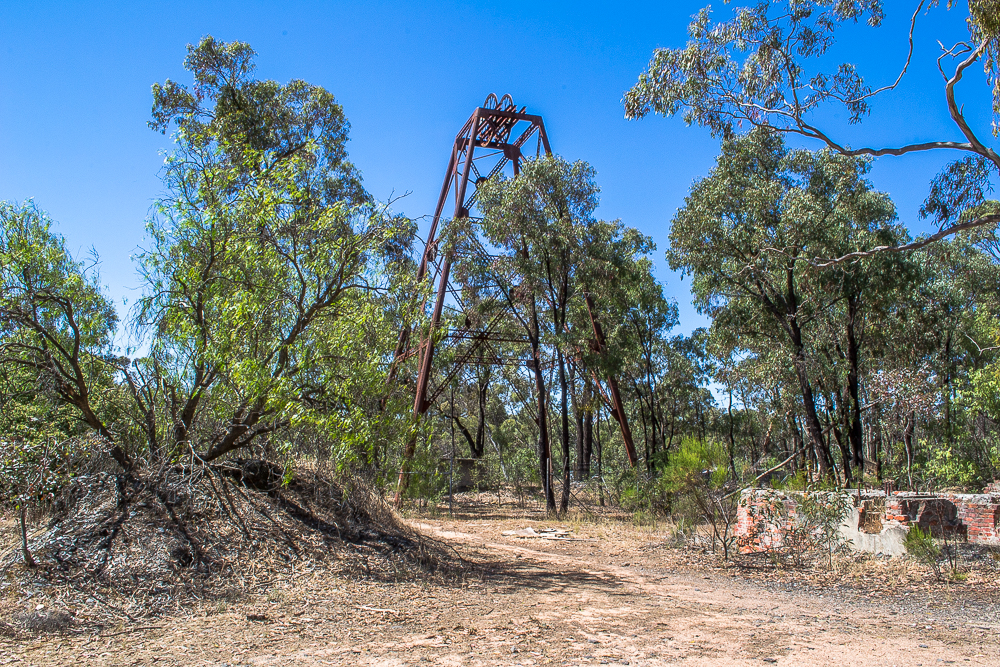
The fascinating remains of the New Prince of Wales mine site lie in a small area of bushland between Hopkins Avenue and Williams Road in Eaglehawk.
The steel poppet head stands tall among the trees and is surrounded by the foundations and mullock heaps of the mine's productive past.
Find out more about the New Prince of Wales near Bendigo.
Old Tom Mine

The Old Tom Mine site lies within the Greater Bendigo National Park, where visitors can look down over an open cut from a fenced site in the bush of Old Tom Road.
An excellent and late (1930s) example of a gold puddler is located nearby as well as a water race and the remains of a battery site, cyanide plant, hydraulic sluicing and shallow alluvial workings.
Find out more about the Old Tom Mine near Bendigo.

